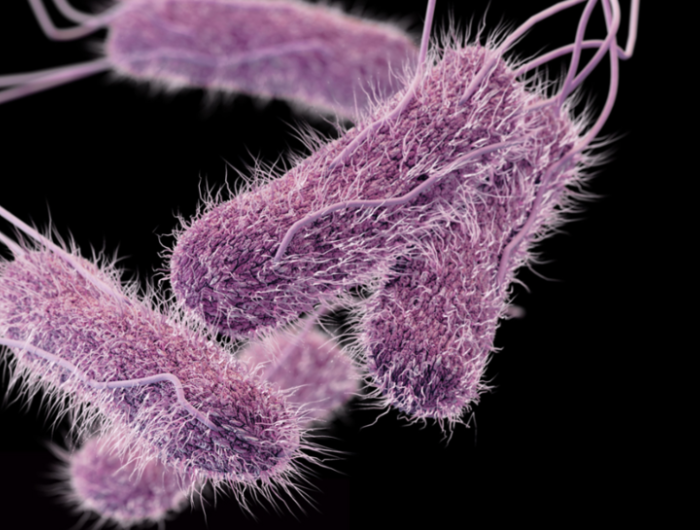Bold USDA move on Salmonella in poultry takes a new approach to reduce rates of infection in people

CDC.
Statement of CSPI Director of Regulatory Affairs Sarah Sorscher
Despite other advances in food safety, rates of foodborne Salmonella infections linked to chicken and turkey have remained stubbornly high over the decades. But the rule announced today by the U.S. Department of Agriculture represents the first critical step in a new approach to tackling this bacterium that has promise to finally bend this disease curve downward.
A relatively niche segment of the industry—poultry products that come breaded and stuffed, such as Chicken Cordon Bleu or Chicken Kyiv—is fraught with greater risk for consumers and accounts for a disproportionate share of Salmonella illnesses. It represents just 0.15 percent of the marketplace but accounts for 5 percent of all chicken-related outbreaks between 1998 and 2020.
The new rule, part of a broader Salmonella strategy at the agency, which will update standards for all poultry products, represents a sea change in the way the agency approaches this pathogen in raw poultry: USDA is telling the industry it cannot sell certain products to consumers if they contain more than a specific amount of Salmonella (one colony forming unit per gram or higher). In other words, at least for this category of products, the agency will treat Salmonella in poultry as an adulterant, the way it now treats E. coli O157:H7 as an adulterant in beef. That move for beef, implemented in the 1990s, was successful in dramatically curbing deadly outbreaks of that strain of E. coli in ground beef. The move makes sense for these particularly risky products and lays the groundwork for additional efforts to make all poultry products safer.
We look forward to the rule being implemented. But, even more so, we look forward to USDA’s new Salmonella strategy reaching the vast majority of the poultry section in the supermarket.
# # #

